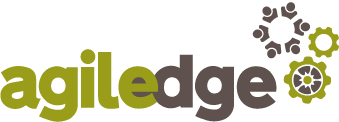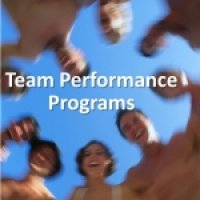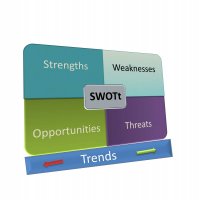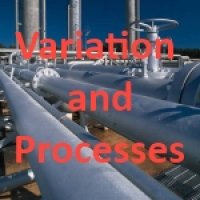Building a high performing team and maintaining that performance is typically not an easy task. The foundation is understanding. Understanding each other's styles, natural tendencies, preferences, capabilities and challenges is key. This understanding leads to greater collaboration, more productive conflict, higher levels of engagement, better utilization of each other's strengths and many other benefits. How do you achieve this? The Harrison Assessment is unique in its ability to provide validated data in the key areas that underlie team success. The Agiledge Team Performance Program is uniquely capable of putting the information to use to create a high performing team. The following is a summary of the underlying information provided by the Harrison Assessment supporting the creation of effective teams.
Team Main Graph
The Team Main Graph shows the average scores for a team in relationship to the Main Graph. It enables you to see the general average scores of a team in relationship to the Main Graph.
Trait Export
The Trait Export report enables you to export all the scores from all the traits for any or all of the profiles in the system. The Trait Export shows all the individual scores as well as the averages for every trait in the HATS system. This report is useful for analyzing performance factors or organizational culture. This report can be printed, or can be saved in Excel or as a CSV file.
Team Paradox Graph
The Team Paradox Graph shows a group of persons plotted against each of the twelve paradoxes and the paradox trait scores. This report is particularly useful for teambuilding. Each person’s scores on the paradox is represented by a letter and thus the individual scores can be displayed anonymously is you wish. The paradoxes are the same as the Paradox Graph. The last page of the report contains all the code letters for each person.
Engagement & Retention Analysis
This reports focus on eight areas related to engagement and retention. It identifies team/group expectations as well as behaviors that relate to the shared responsibility of achieving those expectations. The report can be used in team development to ensure alignment of the employee’s expectations, passions, and motivators are with the organization’s needs and work environment.
















